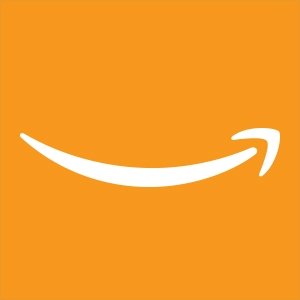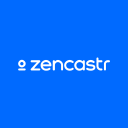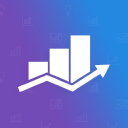On Starting An Alternative Investment Community
My name is Stefan von Imhof and I founded Alternative Assets.
Alternative Assets is a newsletter focused on alternatives to the stock market. It’s written by my partner, Wyatt, and I, along with a team of contributors. We perform in-depth research and deep analysis across dozens of asset classes to find interesting investment opportunities ranging from sports cards, to collectibles, to sneakers, to video games, to NFTs, to websites, and more.
Everyone knows about the stock market, and maybe they own some real estate and a little bit of Bitcoin, but there’s a whole world of investment opportunities out there that is just under-discussed, and that’s what the Alternative Assets newsletter is all about.
We explore and demystify the world of alternative investments through a newsletter and a podcast. We’re not a link aggregator that summarizes what you’ve already heard elsewhere. We do original deep-dive explorations into dozens of investable asset classes. Each week, we dive into something different. Last week it was LEGOs; this week it was investing in digital horses with ZED RUN. We currently have 5,000 members and $6,000 in monthly revenue. So we are off to a great start.

Download the report and join our email newsletter packed with business ideas and money-making opportunities, backed by real-life case studies.

Download the report and join our email newsletter packed with business ideas and money-making opportunities, backed by real-life case studies.

Download the report and join our email newsletter packed with business ideas and money-making opportunities, backed by real-life case studies.

Download the report and join our email newsletter packed with business ideas and money-making opportunities, backed by real-life case studies.

Download the report and join our email newsletter packed with business ideas and money-making opportunities, backed by real-life case studies.

Download the report and join our email newsletter packed with business ideas and money-making opportunities, backed by real-life case studies.

Download the report and join our email newsletter packed with business ideas and money-making opportunities, backed by real-life case studies.

Download the report and join our email newsletter packed with business ideas and money-making opportunities, backed by real-life case studies.







































